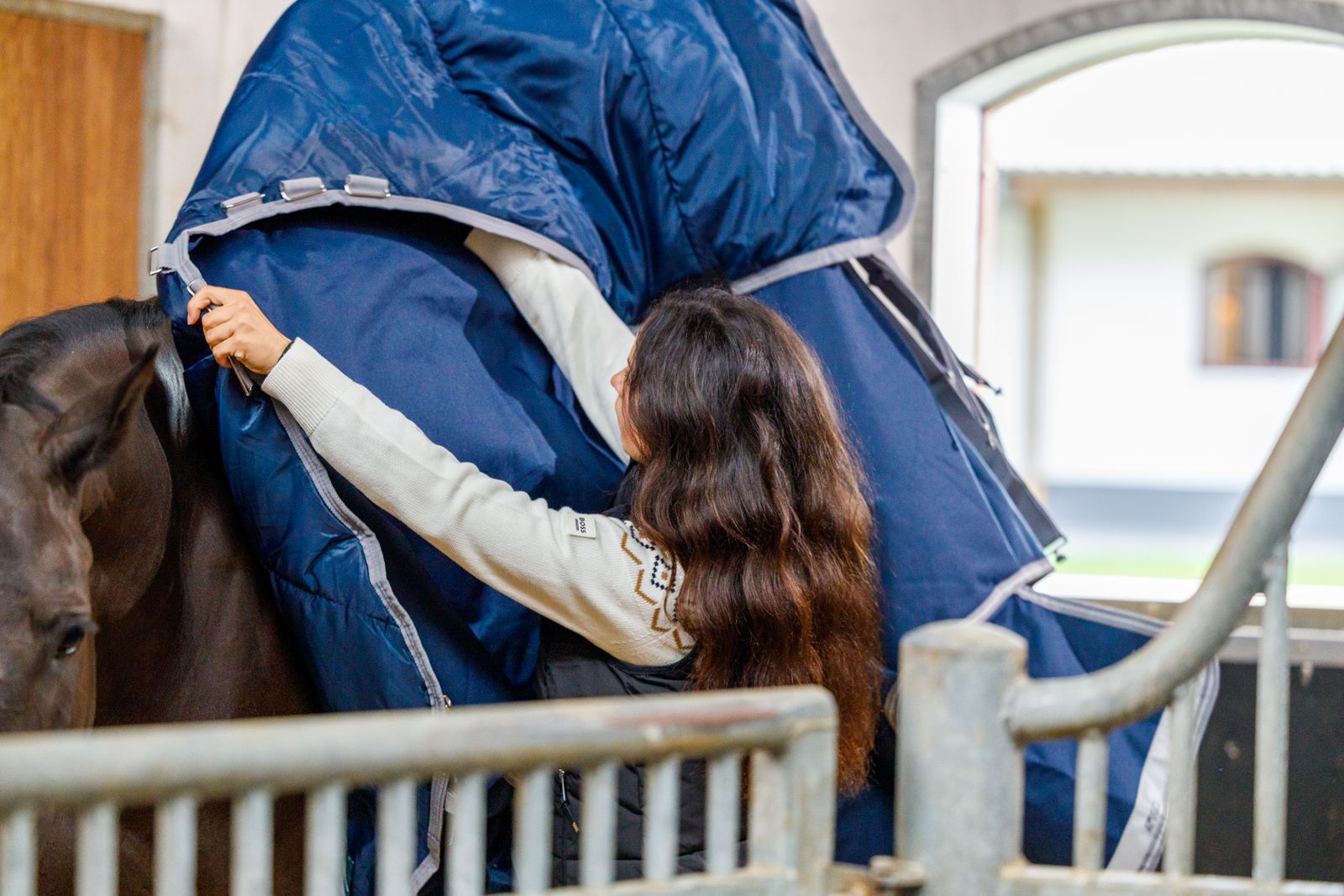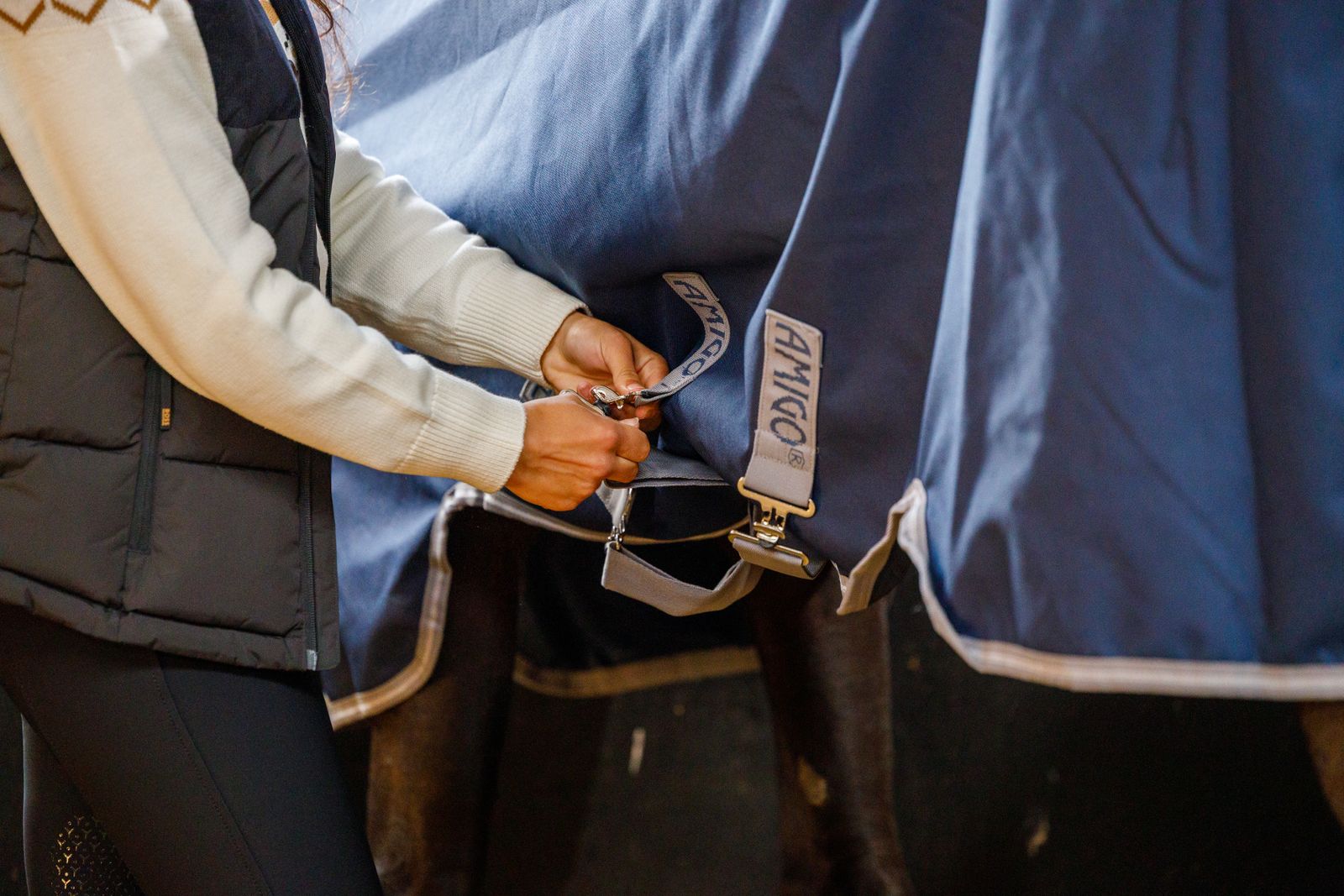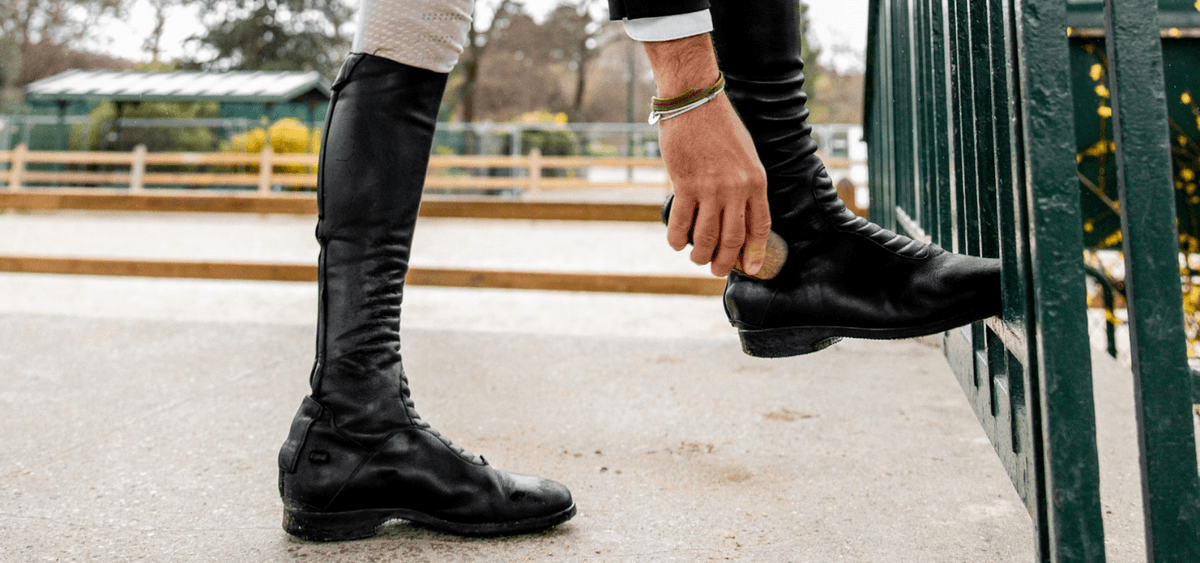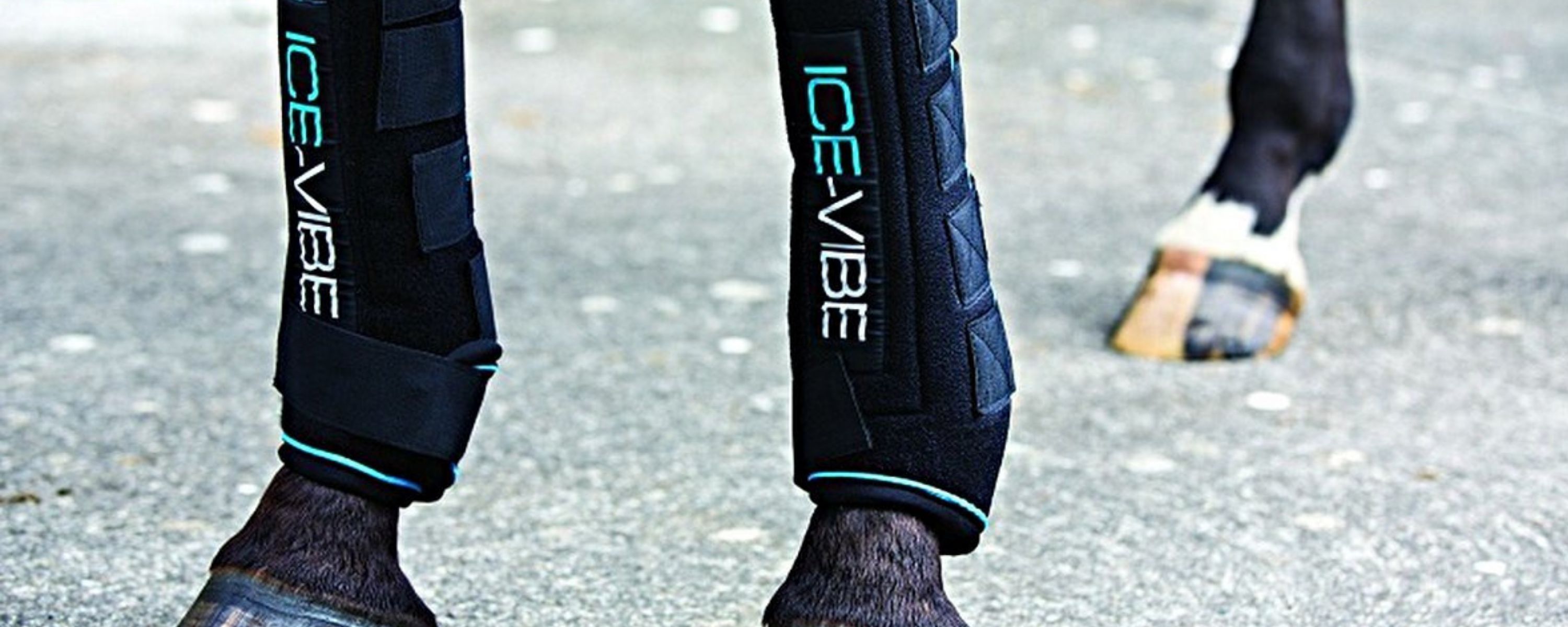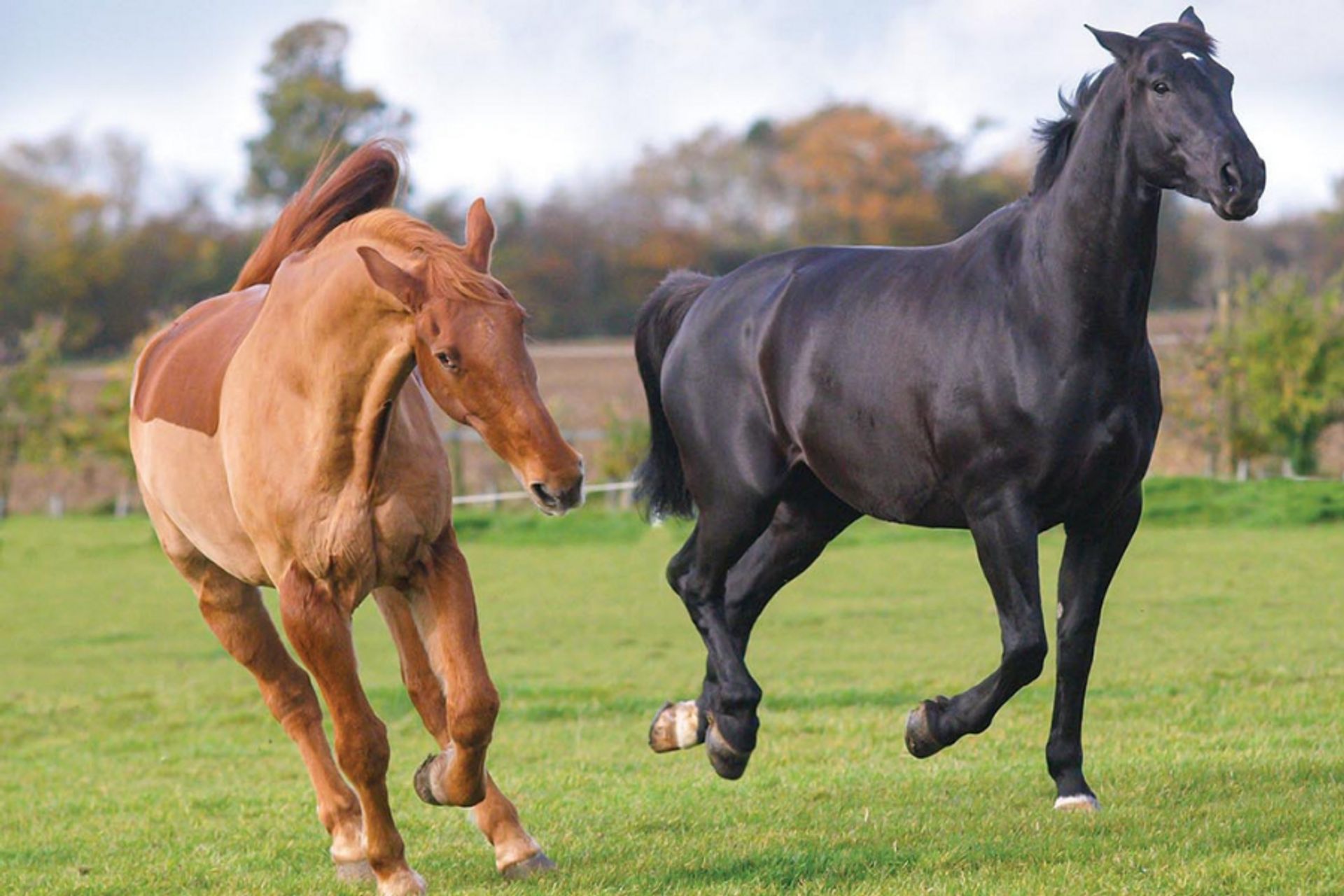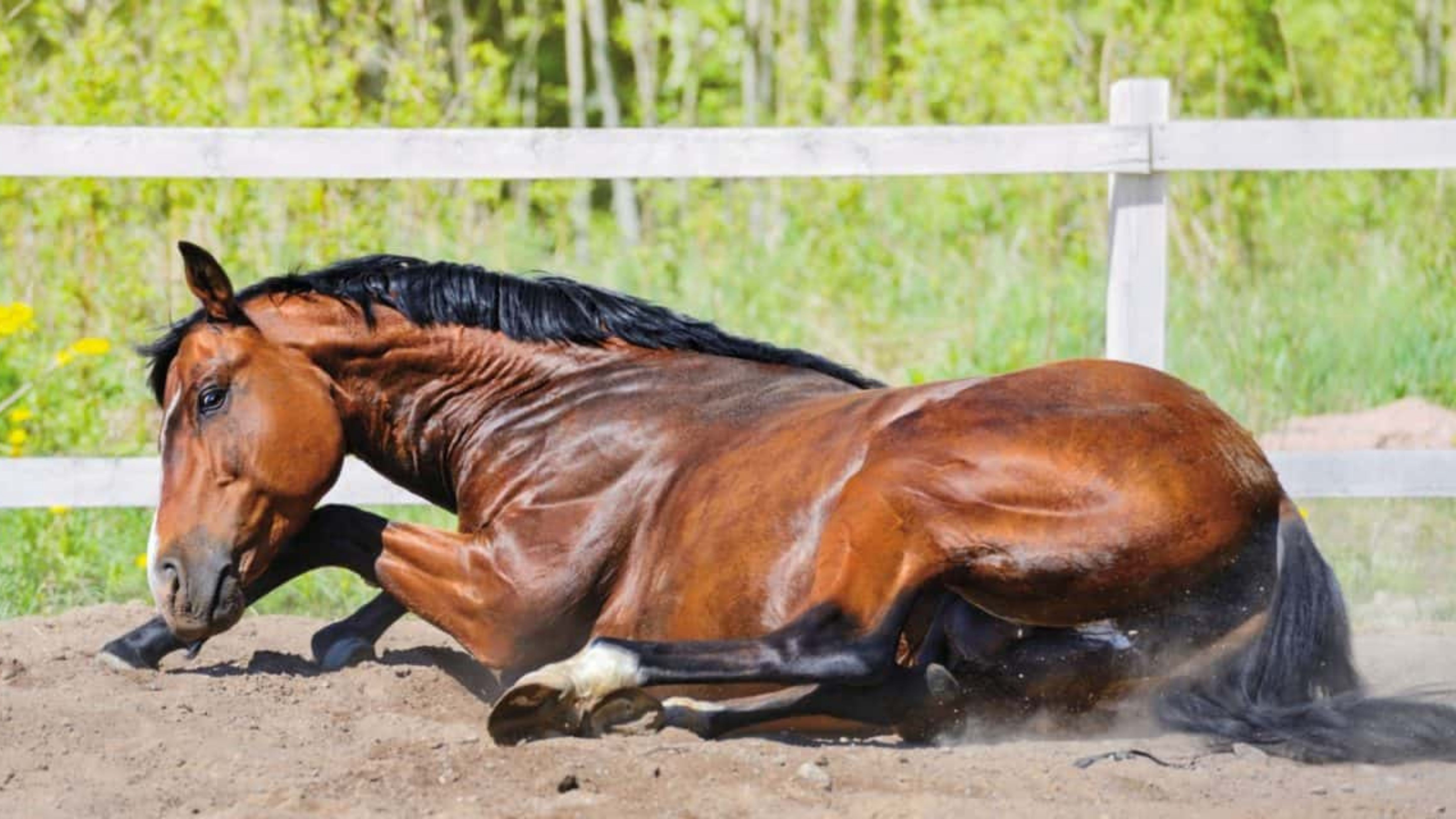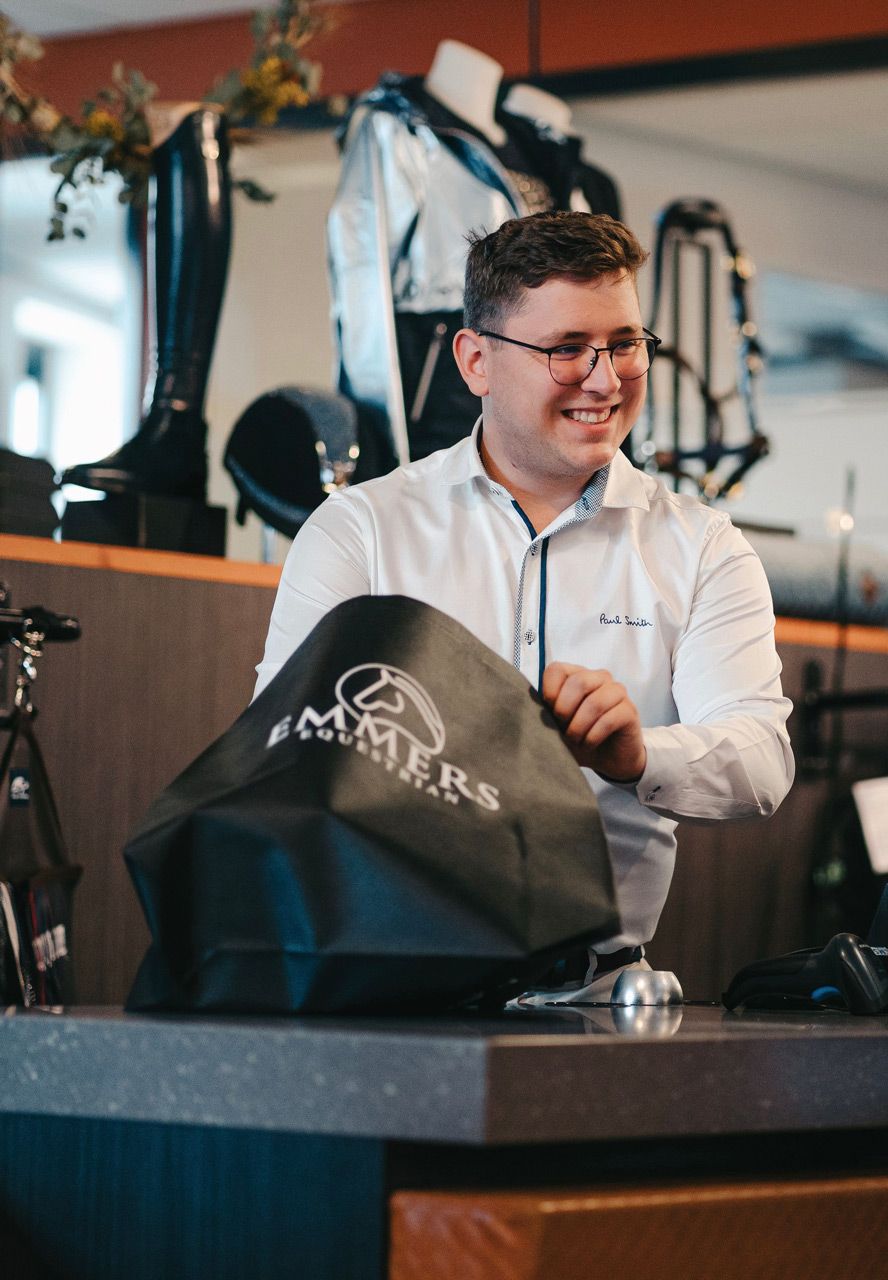As autumn sets in and the temperatures begin to drop, it’s time to prepare your horse’s wardrobe for the colder months. Selecting the right blanket is not only a matter of comfort but also of maintaining health, performance, and well-being throughout unpredictable weather. This guide answers common seasonal questions and provides a clear temperature-based reference to help you choose the ideal stable blanket or horse outdoor rug for your horse.
Understanding Why Blankets Matter
Horses naturally grow a thicker winter coat as daylight shortens. The longer, coarser hairs stand upright to trap warm air against the body, acting as an effective layer of insulation. While this system works well for many horses, there are situations where additional support through blanketing is necessary. Clipped horses lose their natural insulation and need extra protection. Older horses may have reduced ability to regulate body temperature. Horses in hard work often need to maintain sleek coats, while lean horses expend more energy staying warm. Horses living outdoors without adequate shelter also benefit from waterproof protection.
Blanketing allows you to support your horse’s natural thermoregulation when environmental conditions, workload, or individual needs demand it.
Finding the Right Level of Warmth
The appropriate weight of a horse blanket depends on many factors, including the horse’s coat, age, health, level of clipping, body condition, and the prevailing weather. Some horses with a full winter coat are comfortable with little or no blanketing, even in colder weather, while others may need extra layers earlier in the season.
As a general guide, clipped horses often need more insulation at milder temperatures than unclipped horses, while older or lean horses may benefit from additional warmth sooner than younger or hardier types. For horses living outdoors, waterproof turnout rugs help protect against wind and rain, which can make temperatures feel much colder than they are.
It is important to observe each horse individually. A practical approach is to regularly check under the blanket at the shoulder: the area should feel warm and dry. If it feels cold, the horse may need additional protection. If it feels damp or sweaty, the blanket may be too heavy. Adjusting layers gradually allows you to find the right balance without relying on fixed temperature rules.
Temperature Guide: How Thick Should the Blanket Be?
The chart below provides general recommendations for blanketing unclipped horses. Individual needs may vary depending on breed, body condition, and environment, but this serves as a useful starting point.
| Temperature (°C) | Unclipped Horse |
| Above 15°C | No blankets are typically needed |
| 10–15°C | Lightweight stable sheet (0–100g) |
| 5–10°C | Light to medium (100–200g) |
| 0–5°C | Medium blanket (150–250g) |
| Below 0°C | Heavy blanket (300g+) |
Stable Blankets vs Horse Outdoor Rugs
Stable blankets are designed for indoor use. They provide warmth and comfort in stalls or during travel but are not waterproof. Their construction focuses on softness, flexibility, and insulation without weather protection.
Outdoor rugs, also called turnout blankets, are built for use in paddocks and fields. They combine warmth with waterproof and windproof protection. High-denier outer shells (often 1200D or more) offer durability against weather and playful herd mates.
Many riders choose to layer a stable blanket under a turnout rug during severe weather, particularly for clipped horses. This system allows flexibility while maintaining warmth and protection.
Factors to Consider When Choosing a Blanket
Coat and clipping: Clipped horses need heavier rugs earlier in the season, while unclipped horses rely more on their natural insulation.
Living situation: Horses stabled overnight may wear stable sheets indoors and turnout rugs during the day. Horses living outdoors need waterproof, well-fitted rugs that can withstand rain and wind.
Breed and age: Warmbloods and older horses often need heavier blankets sooner than hardy native breeds.
Activity level: Competition horses benefit from quarter sheets during exercise and stable blankets at night to maintain coat condition.
Body condition: Lean horses or hard keepers require more insulation to prevent weight loss during cold weather.
Practical Tips for Autumn and Winter Blanketing
Check the fit regularly: Poorly fitting blankets can cause rubbing, shifting, or discomfort.
Monitor the weather daily: Temperatures can fluctuate rapidly during autumn, so adjust blanket weights as needed.
Have multiple layers ready: A combination of stable sheets, medium turnout blankets, and heavier rugs allows you to adapt without over- or under-blanketing.
Include neck covers and liners: These provide flexibility and targeted warmth when temperatures drop suddenly.
Clean and store properly: After each season, clean and repair blankets to extend their lifespan and ensure they are ready for next year.
Preparing Your Horse for the Season Ahead
Choosing the right horse blanket for autumn and winter is about understanding your horse’s needs, your climate, and the role of each blanket type. By using temperature guidelines, assessing individual factors, and preparing layers ahead of time, you can keep your horse warm, dry, and comfortable throughout the colder months.
At Emmers Equestrian, we combine expertise with premium quality to offer stable blankets, outdoor rugs, and accessories that meet the highest standards of performance and style. Explore our curated selection and prepare your horse for the season with confidence.
Frequently Asked Questions
At what temperature should I put a blanket on my horse?
There is no single temperature that applies to every horse. Factors like coat type, clipping, shelter, age, and body condition all play a role. Some unclipped horses remain comfortable without a blanket in cold weather, while clipped horses may need extra layers sooner.
Do all horses need blankets in winter?
No. Healthy, unclipped horses with shelter often do not need blankets above freezing. Factors like age, body condition, and climate should guide your decision rather than a fixed temperature alone
Can I use a stable blanket outside?
Stable blankets are not waterproof and can make horses colder if they become wet. For outdoor use, choose a turnout rug or horse outdoor rug with waterproof and breathable properties.
How do I know if my horse is too warm under a blanket?
Check under the blanket at the shoulder. If the skin feels damp or the horse is sweating, the blanket is too heavy. Adjust to a lighter option to avoid overheating and skin irritation.
Should I blanket my horse during the day or only at night?
Blanketing should match temperature and weather conditions, not just time of day. Horses turned out during the day may need waterproof turnout rugs, while lighter stable sheets may be suitable indoors overnight if temperatures rise.
Is it better to use one heavy blanket or multiple layers?
Layering provides flexibility. A stable blanket under a turnout rug can offer targeted warmth and is easier to adjust than a single ultra-heavy blanket. It also allows blankets to dry more quickly if the outer layer gets wet.
All types of horse blankets and accessories at Emmers EquestrianAn unseen selection of horse rugs: stable rugs & underrugs, outdoor rugs, fly sheets, fleeces, coolers, exercise sheets, walkers, mini blankets, therapeutic blankets... All top brands available: Kentucky Horsewear, Bucas, Horseware, Emmers, Equiline, Equi-Thème, Back on Track, Busse, Le Mieux and much more. Questions? Do not hesitate to contact us for professional advice or delight us with a visit to our stores.
|

